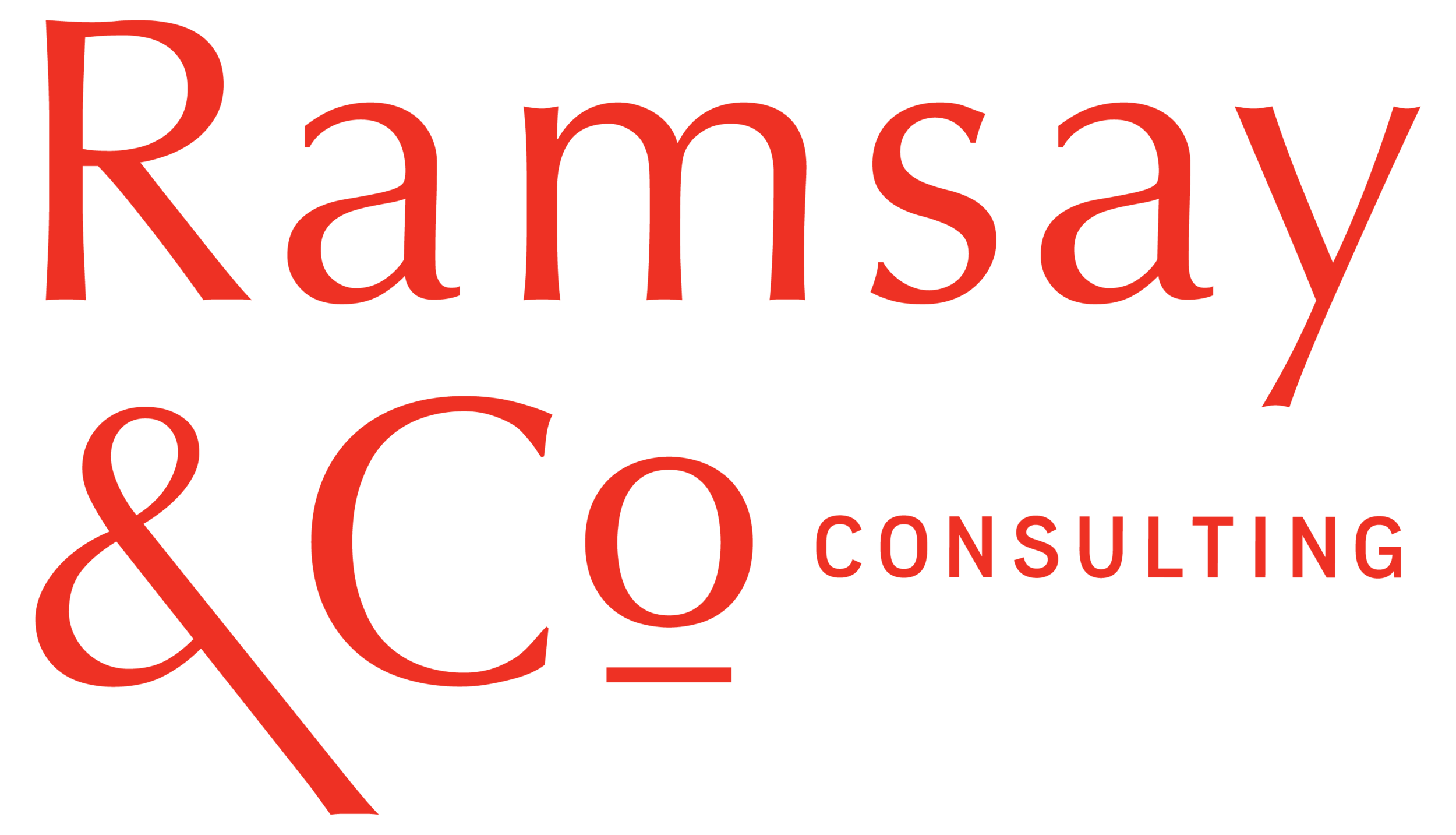#118 A Simple Framework for Sharing Your Personal Story
How to share your personal story with impact every time.
I wanted to share a quick something with you today. Last week was our first Re-Work event. My co-founder and I hosted 50 people at the Ace Hotel in Toronto to share and build community around new ways of working. A lot of what I’ve shared in this newsletter around my burnout journey went into what we’ve developed for the community.
As part of the event, we created a framework based on our experiences of burnout to use as a guide for community members moving through defining a new relationship with work and productivity. We call it the Re-Work Equation. No, I’m not sharing the equation—you’ll have to join the community for that (go to the link above). BUT. One of the things we also did was invite storytellers to share their experiences with different parts of the equation. We gave them a framework to help guide them as they put together their stories. THAT’S what I want to share with you.
The feedback from all three storytellers was it really helped them get clear on how to share their experiences. I hope you’ll use it to share you own stories and life experiences as well. I’ve adapted it slightly to move it away from the Re-Work Equation and more universal. So here it is.
A Framework for Storytellers (how to share a personal story)
Topic
Identify the idea or issue you’re speaking about and why it resonates with you
Realization
The ah ha moment or catalyst moment of why you chose to lean into your topic or issue area—what galvanized you in your life.
Obstacle
What challenges you faced while moving through the issue
Driver
Your motivations. What was driving you to make a shift?
Action
What you actually did, actions and steps you took. These are often action items people can take away from the story and use in their own lives.
Transformation
What changed for you and how does your life look different or career or even business.
That’s it. You can use this framework to organize any story but it is especially useful when sharing a personal story during a talk, speech, or presentation. I’ve seen it light up a room of engaged folks and want that for you. And remember there are no hard and fast rules in storytelling, use this as a guide. You can combine the elements in different ways to hit on your story or in the way that makes most sense for you and your tale. For example, if I were to share my story of burnout, I'd start with my obstacle and move on to my action and then get into action, realization and transformation--the topic would become clear as I dove in.
If you use it, let me know how it goes. I’d love to hear how it resonated with your audiences.
A Story Well Told
I’m rereading The All Souls Trilogy by Deborah Harkness. It’s all about vampires and witches and fantastical things. It’s an old favourite of mine that I go back to often. The main character is a historian and I am a secret history nerd. It’s a great series if you’re into fantasy and a bit of romance. But more than recommend this particular series, I want to encourage you to go back to an old favourite. See what new things there are to discover from your current vantage point. There’s always something.
Chantaie Allick
Writer|Strategist|Storyteller
Thanks for reading Adventures in Storytelling!
Subscribe for free to receive weekly insights and resources for better communication through storytelling.

